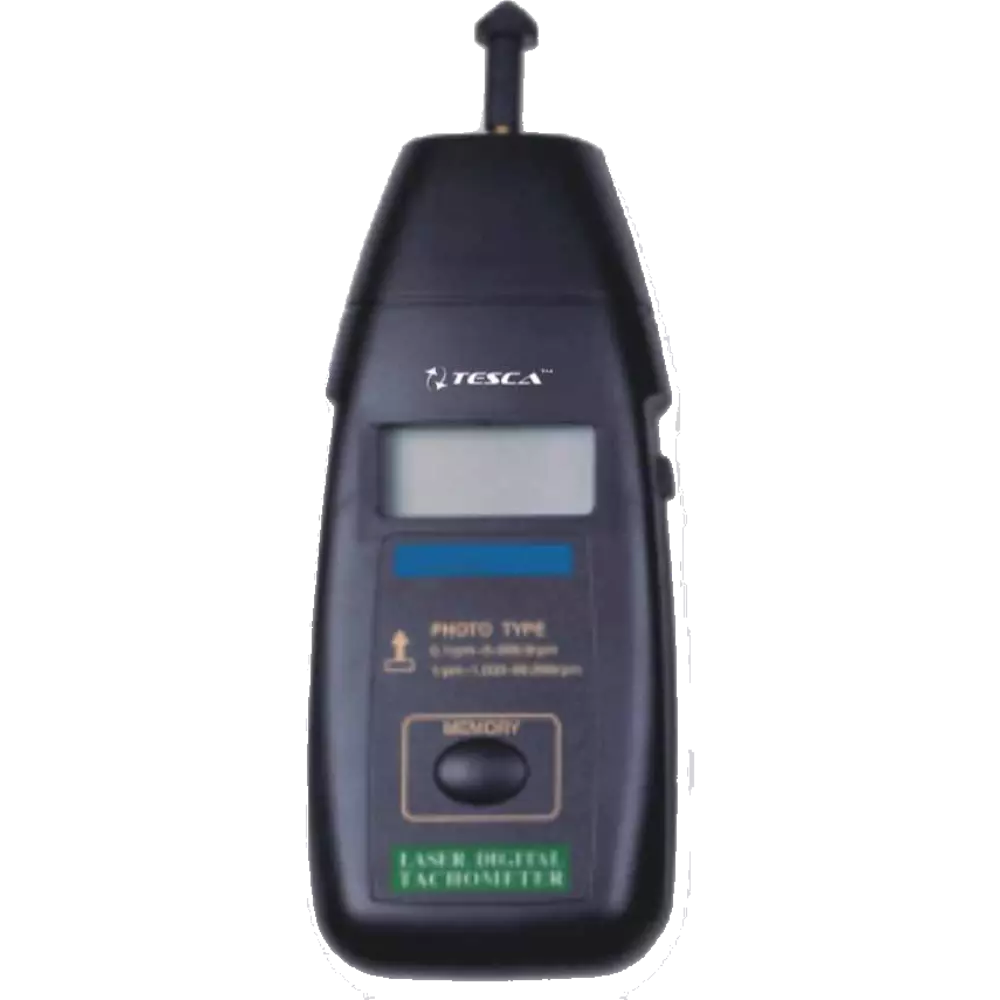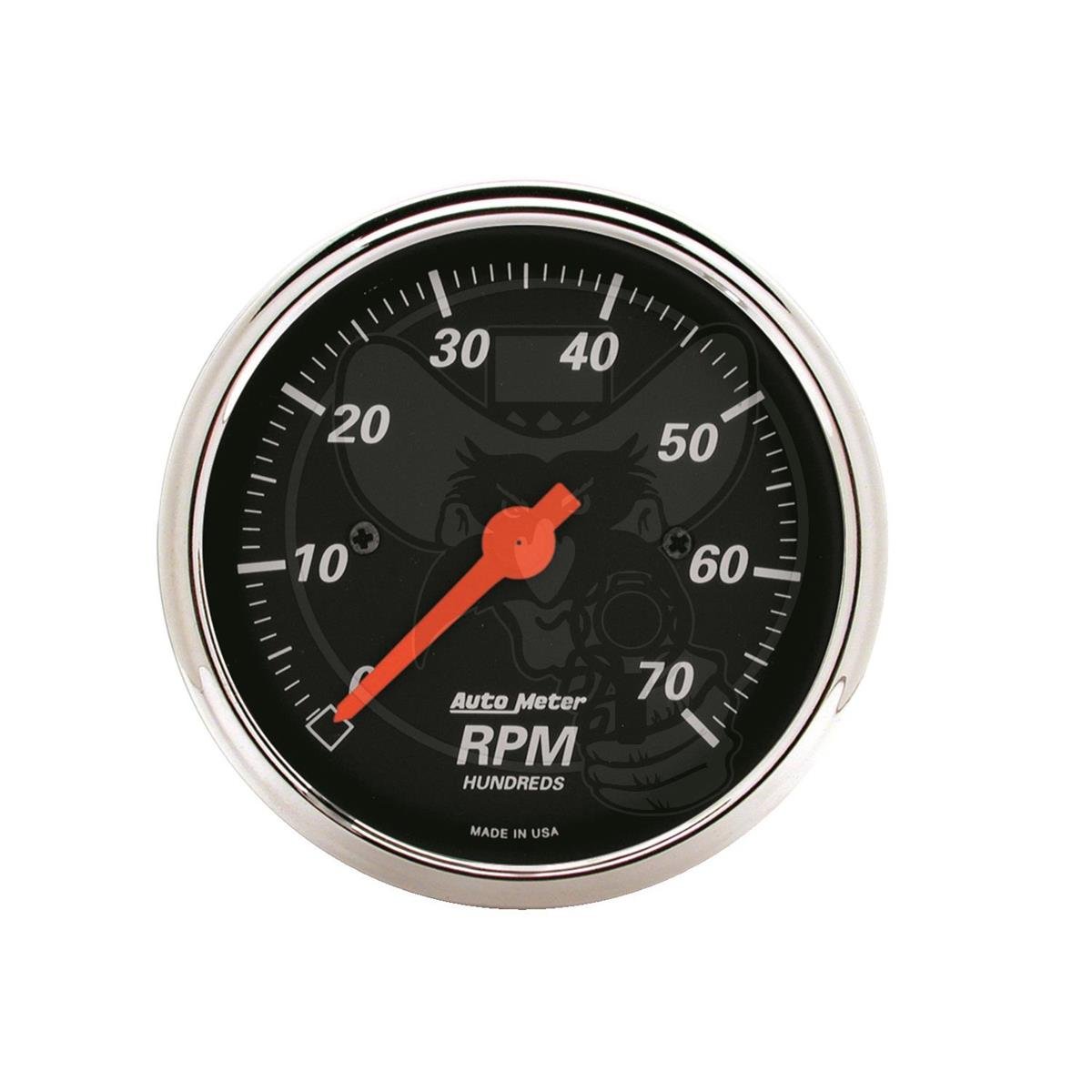How to Select the Right Tachometer for Your Vehicle or Bike
Wiki Article
The Relevance of a Tachometer in Keeping Track Of Engine Rate and Performance in Automotive Applications
In the world of automobile design, the tachometer stands as a critical tool in the chauffeur's collection, supplying a straight window right into the inner functions of a car's engine. Past its function as a simple scale of revolutions per min (RPM), the tachometer functions as a vital tool for lovers and specialists alike, providing real-time understandings into engine efficiency and wellness. Understanding the relevance of this tool surpasses surface-level monitorings, diving into the complex relationship between engine rate, power result, and overall driving experience. As we check out the complex role of the tachometer in automobile applications, a much deeper admiration for its influence on automobile characteristics and efficiency begins to arise.Relevance of Checking Engine RPM
Checking engine RPM, or changes per min, is an essential element of automobile maintenance and efficiency assessment. Engine RPM directly associates with the rate at which the engine's crankshaft turns, indicating just how swiftly the engine is running - tachometer. By monitoring RPM, auto mechanics can analyze the health of the engine, discover possible concerns, and fine-tune performance. An abnormal RPM analysis might signify issues such as engine misfires, malfunctioning stimulate plugs, or issues with the fuel shipment system. Consistently high RPM analyses might indicate aggressive driving practices or the requirement for a higher equipment shift to improve gas effectiveness.Furthermore, keeping track of engine RPM is crucial for performance examination in racing and high-performance vehicles. Maintaining optimal RPM degrees is vital for achieving peak power result and velocity. Racers typically use tachometers to guarantee they are running within the optimal RPM range for maximum performance. In summary, checking engine RPM is not only crucial for finding issues yet additionally for enhancing engine performance in various auto applications.

Benefits of Real-Time Information
In auto applications, real-time data plays an essential role in providing instantaneous insights right into the efficiency and problem of the car. By constantly keeping an eye on numerous parameters such as engine rate, temperature, fuel consumption, and a lot more, real-time data provides many advantages that add to enhanced efficiency and safety when traveling.
Additionally, real-time data promotes performance optimization by offering immediate responses on driving routines and engine performance. Chauffeurs can adjust their behavior in real-time based on this information to accomplish far better gas economic climate and extend the life expectancy of their car.
try this

Additionally, real-time information plays a vital role in modern-day auto diagnostics, making it possible for technicians to swiftly identify and resolve breakdowns. This leads to lowered downtime, lower upkeep prices, and inevitably, boosted total lorry integrity and durability (tachometer). By utilizing the power of real-time data, automotive stakeholders can make enlightened decisions that favorably impact both the performance and longevity of the vehicle
Influence On Gear Shifts
The tachometer plays a crucial role in enhancing gear changes by giving real-time engine rate data to the motorist. When approaching the redline on the tachometer, it signifies the vehicle driver to upshift to protect against over-revving the engine and causing possible damages.Moreover, the tachometer help in attaining smoother equipment transitions, particularly in hand-operated transmissions. By checking engine rate, motorists can carry out equipment shifts at the optimal RPM range, lowering jerking movements and decreasing wear on the transmission components. This precision on duty changes not just boosts driving comfort yet also adds to fuel efficiency.
Enhancing Gas Performance
Provided the important duty the tachometer plays in optimizing equipment changes for performance and engine health and wellness, it straight contributes to making best use of fuel effectiveness in automotive applications. By supplying real-time comments on engine speed, the tachometer helps vehicle drivers in maintaining one of the directory most efficient RPM range for fuel economic climate. When chauffeurs constantly check the tachometer and change their motoring practices as necessary, they can avoid unnecessary gas usage triggered by over-revving or hauling the engine.Additionally, the tachometer aids chauffeurs determine one of the most fuel-efficient gear to be in at any type of provided minute, avoiding the engine from functioning more difficult than required. This is especially important during acceleration and cruising, where remaining in the ideal equipment can considerably influence fuel performance. Additionally, the tachometer can inform drivers to prospective mechanical issues that could be adversely impacting gas economic climate, such as a slipping clutch or a stopped up air filter. Finally, the tachometer works as a useful tool in improving gas performance by promoting optimum driving habits and determining locations for renovation in the car's efficiency.

Making The Most Of Engine Long Life
The tachometer's role in checking engine rate and performance is instrumental in making sure the longevity of vehicle engines. By utilizing the tachometer properly, drivers can enhance engine durability via mindful RPM monitoring. Consistently revving an engine also high can cause too much wear and tear on important parts, such as the pistons, valves, and bearings. With time, this can result in lowered engine performance and potential breakdowns. Checking the tachometer permits chauffeurs to stay within the advised RPM array for their car, avoiding unnecessary stress on the engine and expanding its life expectancy.
Final Thought
To conclude, the tachometer plays an important role in keeping an you can look here eye on engine speed and efficiency in vehicle applications. By supplying real-time data on RPM, it enables effective gear changes, boosted fuel performance, and taken full advantage of engine longevity. This tool is necessary for preserving ideal engine efficiency and ensuring the general functionality of a lorry.Report this wiki page